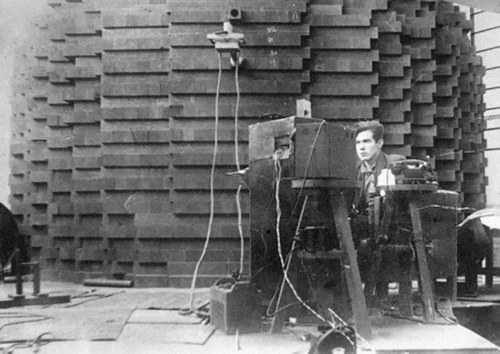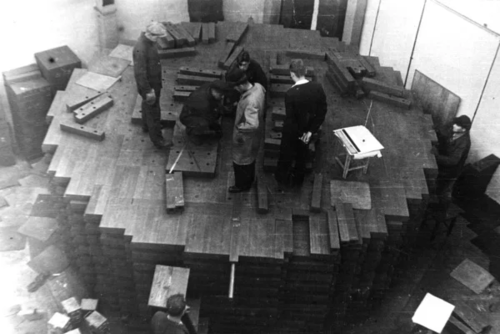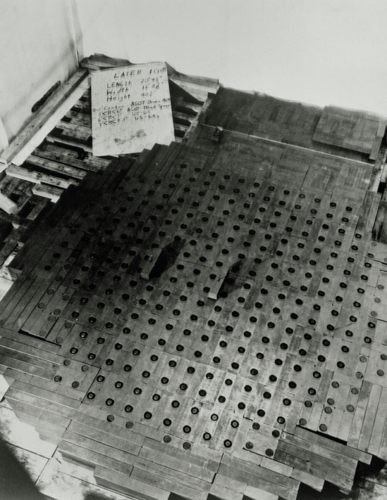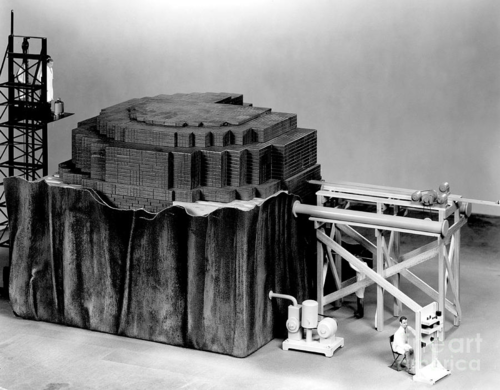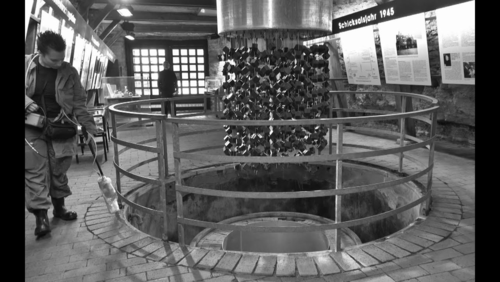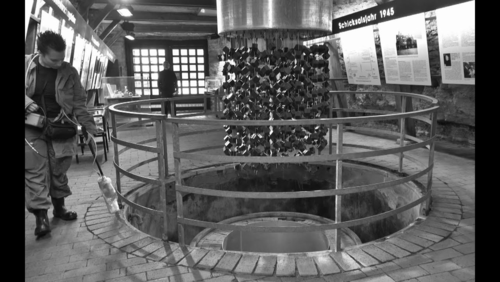The JIC's summary was ominious and its recommendations decisive:
Unless the migration of important German scientists and technicians into the Soviet zone is immediately stopped, we believe that the Soviet Union within a relatively short time may equal United States developments in the fields of atomic research and guided missiles and may be ahead of U.S. development in other fields of great military importance, including infra red, television and jet propulsion. In the field of atomic research for example, we estimate that German assistance already has cut substantially, probably by several years, the time needed for the USSR to achieve practical results.
It is excusable mistake for American official in 1940s, who did not knew about the extent of our spy ring in Manhattan project.
I see you have taken the 'I will ignore this' position. No, I have much more information that confirms what I've already posted. Russian spies? In the United States? Of course there were. In the British government also. I have a declassified report that mentions American wartime missile developments but insists on focusing on German developments. And significant portions of what was found remains classified. Manfred von Ardenne was part of the German atomic project. He was captured and his laboratory was dismantled and shipped to Russia. As if the Germans were incapable of doing or even knowing anything.
You have not made your case.

